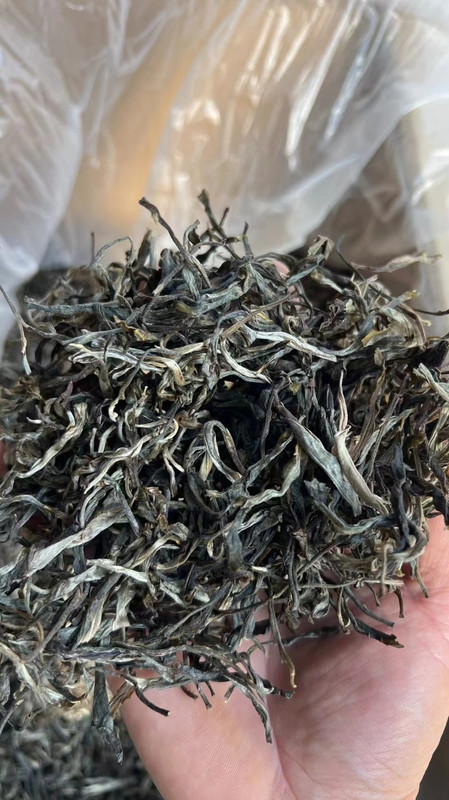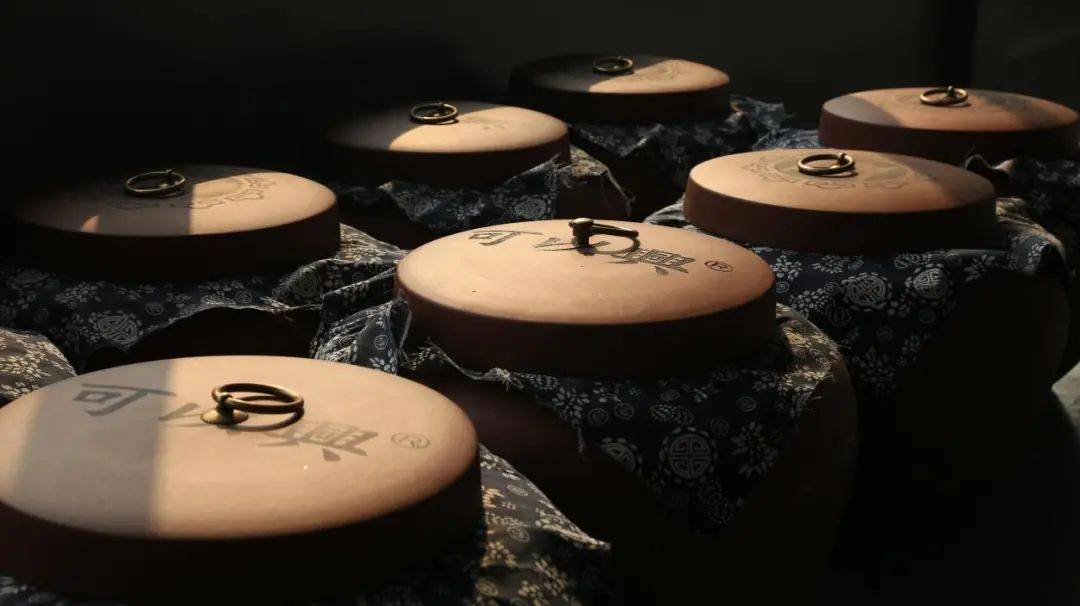Pu-erh tea, a prized variety of fermented dark tea hailing from Yunnan Province, China, has captivated both traditional healers and modern scientists with its unique aging process and profound health benefits. Revered for centuries as a “medicinal tea,” Pu-erh’s microbial fermentation and oxidative aging transform its biochemical profile, yielding a rich tapestry of bioactive compounds. Below, we delve into its scientifically validated therapeutic properties, bridging ancient wisdom with contemporary research.

1. Metabolic Regulation and Weight Management
Pu-erh’s dual action on metabolism is striking. A 2024 clinical trial in Obesity Research & Clinical Practice found that daily consumption of aged Pu-erh reduced visceral fat and improved insulin sensitivity in overweight adults. Its polyphenols (e.g., theabrownins) and microbial metabolites (e.g., lovastatin) inhibit pancreatic lipase, curbing fat absorption. Meanwhile, caffeine and theanine synergize to boost energy expenditure, as shown in a 2023 Nutrients study.
2. Cardiovascular Protection
The tea’s cardiovascular benefits are multifaceted. A 2024 review in the American Journal of Clinical Nutrition highlighted its ability to lower LDL cholesterol and triglycerides. Pu-erh’s flavonoids enhance nitric oxide production, improving blood vessel elasticity, while its anti-inflammatory compounds (e.g., gallic acid) reduce arterial plaque formation. Emerging data also suggests it may attenuate hypertension by modulating renin-angiotensin systems.
3. Gut Microbiota Modulation
Pu-erh’s fermented microbiota acts as a probiotic powerhouse. A 2023 metagenomic study in Nature Microbiology revealed that aged Pu-erh enriches gut Bacteroides and Faecalibacterium populations, enhancing short-chain fatty acid (SCFA) synthesis. These SCFAs reinforce intestinal barrier function and reduce inflammation, offering relief for IBS and metabolic syndrome.
4. Antioxidant and Anti-Aging Effects
The tea’s extended fermentation generates unique antioxidants like theabrownins and oligomeric procyanidins. A 2024 study in Free Radical Biology & Medicine demonstrated Pu-erh’s superior ability to neutralize reactive oxygen species (ROS) compared to green tea. Its anti-glycation properties further protect collagen and elastin, as evidenced in a 2022 Journal of Cosmetic Dermatology study on skin aging.
5. Immunomodulatory and Antimicrobial Activity
Pu-erh’s polysaccharides and tannins stimulate immune cell activity. A 2023 in vitro study in Frontiers in Immunology showed enhanced macrophage phagocytosis and NK cell cytotoxicity. Additionally, its antimicrobial peptides (e.g., defensin-like proteins) inhibit pathogens like Helicobacter pylori and influenza viruses, as reported in a 2021 Viruses review.
6. Neuroprotective and Cognitive Benefits
Theanine and GABA in Pu-erh synergize to reduce anxiety and enhance sleep quality. A 2024 animal study in Behavioural Brain Research demonstrated neuroprotective effects against amyloid-beta toxicity, suggesting potential in Alzheimer’s prevention. Human trials, such as a 2022 study in Nutritional Neuroscience, correlate regular consumption with improved attention and memory.
7. Liver Health and Detoxification
Pu-erh’s hepatoprotective effects are noteworthy. A 2023 study in Liver International revealed its ability to reduce liver fibrosis in mice via inhibiting stellate cell activation. Its caffeine and catechins also enhance phase II detoxification enzymes, aiding in toxin elimination.
8. Anti-Inflammatory and Pain Relief
The tea’s flavonoids and triterpenoids exhibit potent anti-inflammatory activity. A 2024 review in Pharmacological Research highlighted its suppression of NF-κB and COX-2 pathways, offering relief for arthritis and inflammatory bowel diseases. Traditional use for sore throat and wound healing aligns with its inhibitory effects on pro-inflammatory cytokines.
Conclusion
Pu-erh tea’s medicinal value stems from its harmonious blend of microbial fermentation and phytochemical complexity. From metabolic syndrome to neurocognitive health, its benefits are increasingly validated by rigorous scientific inquiry. As a bridge between tradition and modernity, Pu-erh tea invites us to savor not just its earthy richness, but also its potential as a natural ally in promoting longevity and vitality. Further research into its dose-response relationships and synergistic mechanisms will undoubtedly unlock new dimensions of this ancient remedy’s therapeutic potential.



